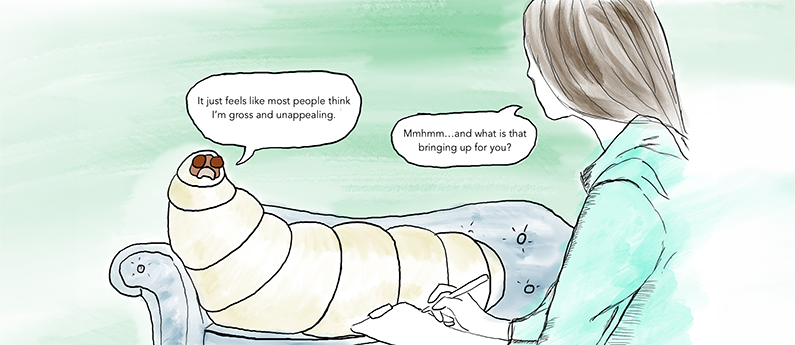Maggots: a creature so vile that, for some, the mere utterance of the word is enough to induce a gag reflex. If you are one of those people, turn back now—there is nothing for you here.
In this article, we explore 3 things you’ll wish you didn’t know about maggots.
What’s in a Name?
First things first—“maggot” is not a technical term and does not describe a specific organism. Maggot is often used by laypersons to describe insect larvae from a wide range of species, but when most people think of maggots, they’re thinking about fly larvae. Incidentally, bees and wasps have a similar larval stage but have avoided being stuck with the maggot label due to their tendency to not lay their eggs in feces or decaying organic matter. For the purposes of this article, we’ll follow the parlance of our times and stick with “maggots" when referring to fly larvae.
Forensic Entomology: It's a Real Thing
Before metamorphosing into their winged final form, flies undergo three larval stages. Depending on environmental conditions, the duration of this larval stage takes between 14 – 30 days. Thanks to this reliable and relatively brief lifecycle, maggots are an essential indicator used by forensic scientists to determine time of death. Maggots typically appear on a dead body around 24 hours after death, giving forensic entomologists a reference point when they assess the stage of larval development.
In addition to aiding in determining TOD, maggots that have been chowing down on a corpse can be analyzed for the presence of drugs and other substances that may have contributed to the manner of death.
More Than Skin Deep
If you ever find yourself on WebMD trying to determine if your symptoms match the symptoms of myiasis, you are having a really, really bad day. Myiasis—say it with me, my-eye-uh-siss—is the stuff of nightmares.
Myiasis is a potentially fatal parasitic infestation of the tissue of a living animal by, you guessed it, maggots. In most cases, these infestations are caused by flies laying eggs in open, untreated wounds, but certain myiatic flies (including the botfly, blowfly, and screwfly) can create infestations in unbroken skin. Fortunately, this heinous affliction is more common in livestock and other non-human animals than it is in humans who live in areas with adequate hygiene and sanitation practices.
We strongly advise against searching for images or videos of this condition.
Maggot Therapy, sans Chaise Lounge
CONTENT ADVISORY: The links in this section contain images that many will find disturbing. Proceed with caution.
There are some Wikipedia pages that can’t be unseen. Maggot Therapy is one of these. Maggot therapy is, regrettably, not just a clever name. Doctors introduce live, disinfected maggots to necrotic tissue and other non-healing wounds to clear out the dead tissue. Other than an “uncomfortable tickling sensation” noted by patients, maggot therapy is an effective and well-tolerated treatment. Though this year marks the 20th anniversary of the FDA’s approval of green bottle fly larvae for use as a “medical device,” humans have been using maggots to clean wounds for centuries.
If you made it this far, congratulations on your high disgust tolerance. You will likely enjoy this video timelapse of the fly lifecycle.


 Ant Baits
Ant Baits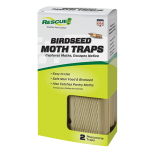 Birdseed Moth Trap
Birdseed Moth Trap Fly Trap Max
Fly Trap Max Fly Trap, Big Bag
Fly Trap, Big Bag  Fly Trap, Disposable
Fly Trap, Disposable Fly Trap, Fruit Fly
Fly Trap, Fruit Fly Fly Trap, POP! Fly
Fly Trap, POP! Fly  Fly Trap, Reusable
Fly Trap, Reusable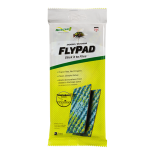 FlyPad
FlyPad Japanese & Oriental Beetle Trap
Japanese & Oriental Beetle Trap Spider Trap
Spider Trap TrapStik, Carpenter Bee
TrapStik, Carpenter Bee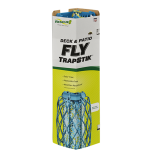 TrapStik, Deck & Patio Fly
TrapStik, Deck & Patio Fly 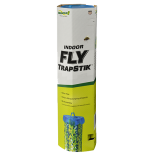 TrapStik, Indoor Fly
TrapStik, Indoor Fly TrapStik, Wasp
TrapStik, Wasp W·H·Y Trap for Wasps, Hornets & Yellowjackets
W·H·Y Trap for Wasps, Hornets & Yellowjackets Yellowjacket Trap, Disposable
Yellowjacket Trap, Disposable  Yellowjacket Trap, Reusable
Yellowjacket Trap, Reusable 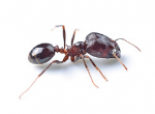 Ants
Ants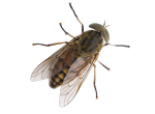 Biting Flies
Biting Flies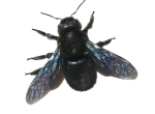 Carpenter Bees
Carpenter Bees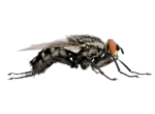 Flies
Flies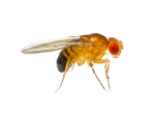 Fruit Flies
Fruit Flies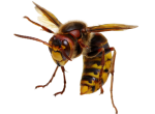 Hornets
Hornets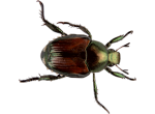 Japanese Beetles
Japanese Beetles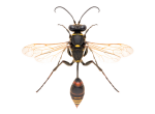 Mud Daubers
Mud Daubers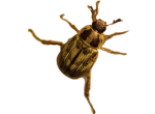 Oriental Beetles
Oriental Beetles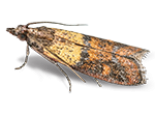 Birdseed & Pantry Moths
Birdseed & Pantry Moths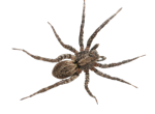 Spiders
Spiders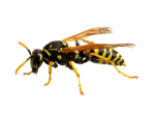 Wasps
Wasps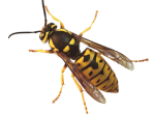 Yellowjackets
Yellowjackets